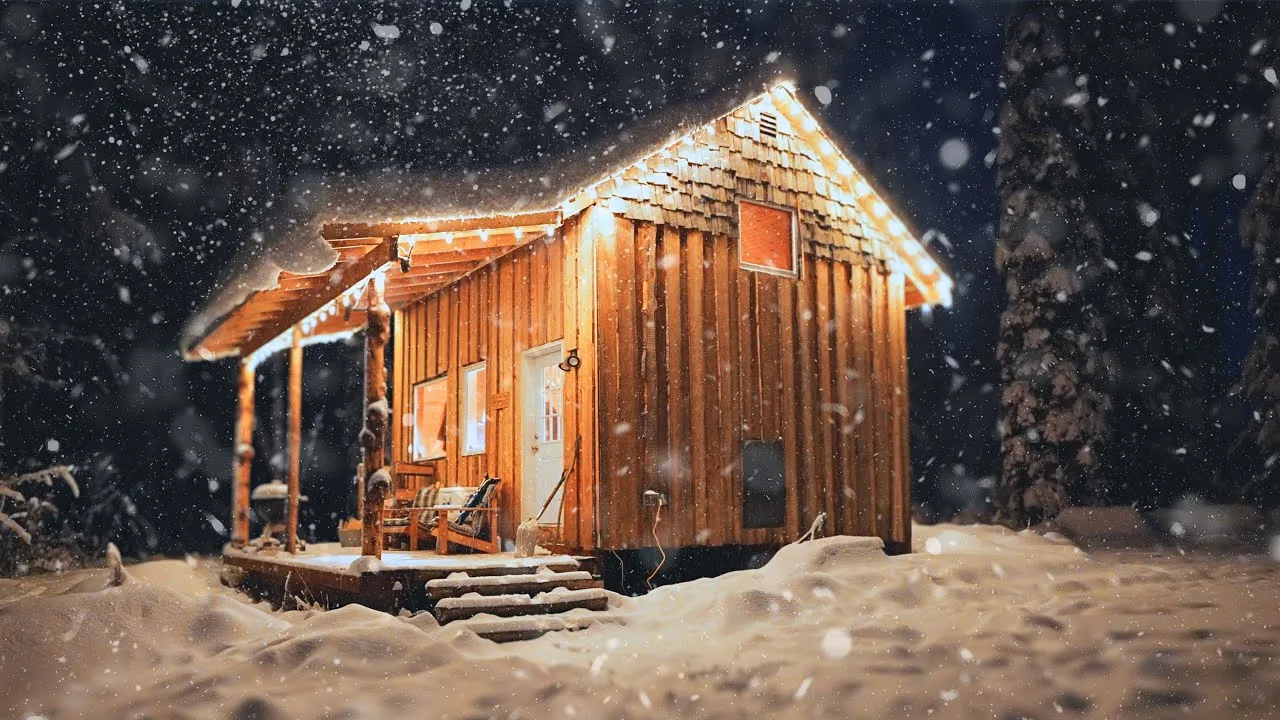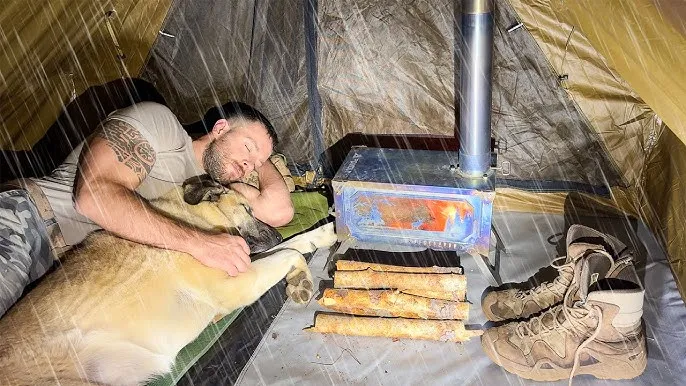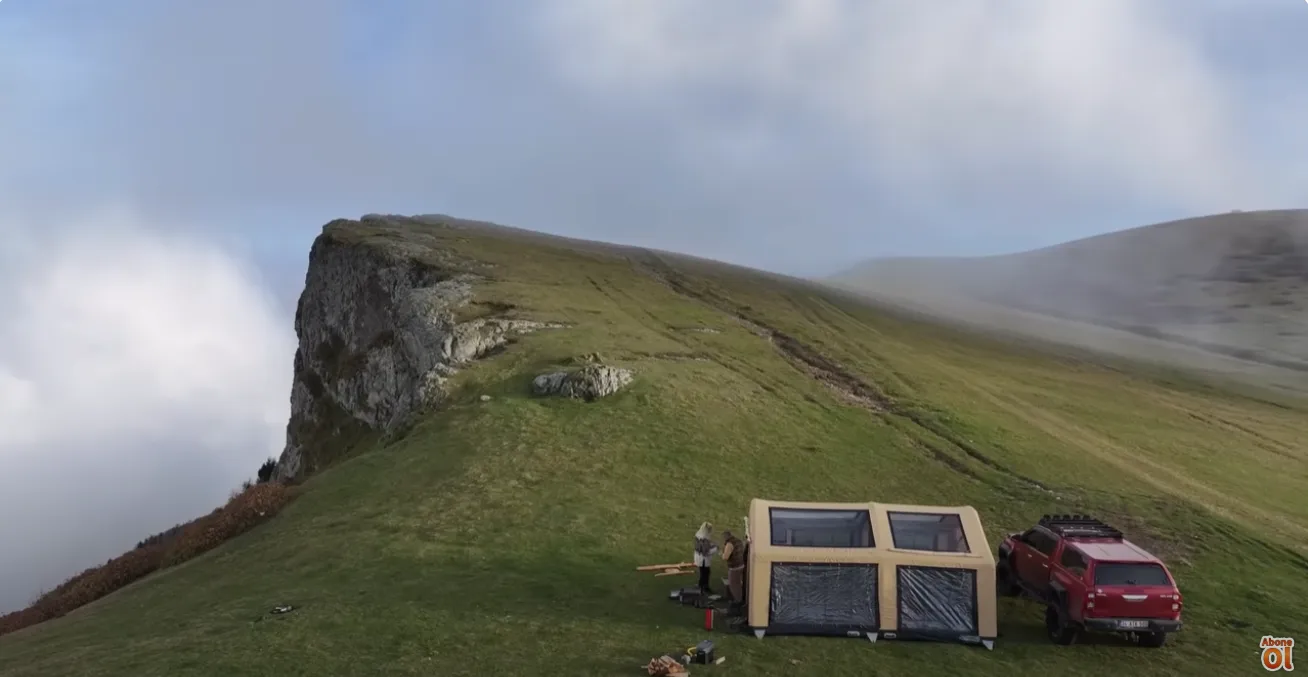Camping in the wilderness is one of the most humbling and rewarding experiences. There’s something special about disconnecting from modern conveniences and relying solely on nature’s resources to survive. One of the most memorable camping experiences I had was when I built a shelter deep in the forest using nothing but branches, mud, moss, and creativity.
The forest was alive with sound — birds chirped in the treetops, leaves rustled gently in the wind, and a distant stream murmured softly in the background. The sun filtered through the thick canopy above, casting dappled light on the forest floor. The campsite I chose was nestled on a gentle hillside, surrounded by tall pine trees and wild ferns. It was peaceful, yet filled with the subtle, powerful energy of nature.
To begin, I searched for strong branches to form the basic structure of the shelter. I arranged thick sticks into an A-frame shape, leaning them against a central ridge pole that rested between two sturdy trees. I tied the joints together with vines and plant fiber, ensuring the frame could withstand the weight of a natural roof.

Next, I gathered smaller twigs and leafy branches to weave between the main supports, creating walls. To insulate the shelter, I coated the entire structure with layers of mud, which I scooped from the riverbank. I used my hands to press it tightly into the gaps, making the walls windproof and water-resistant. Over the roof, I laid large, overlapping leaves and then covered everything with soft green moss and patches of damp forest rêu (moss). This created a surprisingly warm and camouflaged shelter that blended perfectly with the forest surroundings.
Inside the shelter, I dug a small pit and built a mud stove and fireplace. I used rocks to form a fire ring, then coated the inner walls with mud to reflect heat. Using dry twigs, pine needles, and bark, I sparked a fire with a flint stone and tended the flames until the interior of the shelter grew comfortably warm. The soft crackling of the fire, mixed with the evening sounds of the forest, created an incredibly calming atmosphere.

The forest at dusk was magical. As the sky turned orange and pink, mist began to rise from the forest floor. The shadows of trees stretched long and dark, and the wind carried the scent of pine and damp earth. I watched a family of deer move silently through the underbrush, and an owl called out from high above. The hillside offered a perfect view of the surrounding woods and the distant glimmer of moonlight reflecting off a nearby stream.
That night, I slept soundly inside my handmade shelter, wrapped in a bed of leaves and moss. It wasn’t the most comfortable sleep, but it felt secure, warm, and natural. There was a sense of connection — to the Earth, to survival instincts, and to something ancient and primal that still lives within us.
Camping in the wild teaches you to appreciate the basics — warmth, shelter, fire, and food. It’s a reminder of how resourceful we can be when we truly need to be. And building a shelter from the forest around you is not just survival — it’s a quiet, beautiful conversation with nature.




